USST_Arts_117060162 膜加湿器实验台的设计与运行分析
摘要本文完成了质子交换膜燃料电池(ProtonExchangeMembraneFuelCell,PEMFC)板式膜加湿器测试系统的研制与调试,通过稳定性运行检验后进行了实际操作运行。实验台可控制空气流经Nafion膜前的温度、相对湿度、压力及空气质量流量,测试空气在流经Nafion膜两侧前后的压降、温度变化及相对湿度变化。通过对板式膜加湿器内水分传热传质的研究,为板式膜加湿器的设计、优化、应用提供数据依据。本文介绍了在石油资源缺乏和汽车尾气污染严重的宏观背景下,突出了新能源汽车在未来生活中的重要性,尤其是以PEMFC作为动力电源的新能源汽车。然后介绍了PEMFC水管理的研究现状,并详细阐明了P...
相关推荐
-
USST_Arts_112480743自动生产线的同步维修模型及案例分析VIP免费
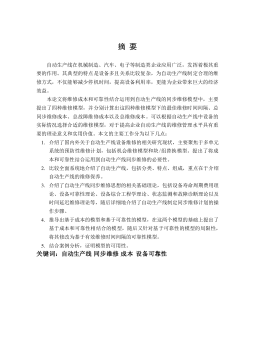
 2025-01-09 14
2025-01-09 14 -
USST_Arts_112480745基于供需网特征理念的企业间关系状态研究VIP免费
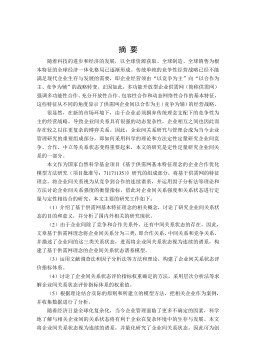
 2025-01-09 14
2025-01-09 14 -
USST_Arts_112480756 我国城镇化与能源消费结构间关系的研VIP免费
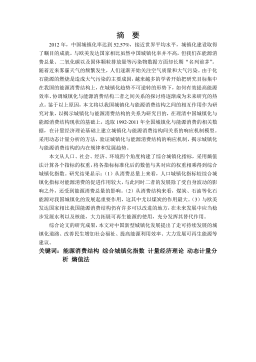
 2025-01-09 20
2025-01-09 20 -
USST_Arts_112490763 企业创新型团队社会网络、知识管理过程及团队创造力关系研究VIP免费
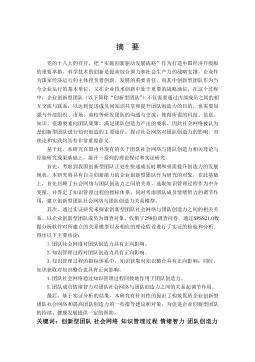
 2025-01-09 13
2025-01-09 13 -
USST_Arts_112490769创新团队执行力影响因素分析VIP免费

 2025-01-09 15
2025-01-09 15 -
USST_Arts_112070649基于团队自反性的科技型企业TMT特征对企业绩效的影响研究VIP免费

 2025-01-09 19
2025-01-09 19 -
TR公司工业机器人市场发展战略研究VIP免费
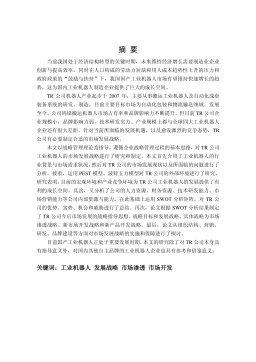
 2025-01-09 23
2025-01-09 23 -
二氧化碳套管式气冷器的研究VIP免费
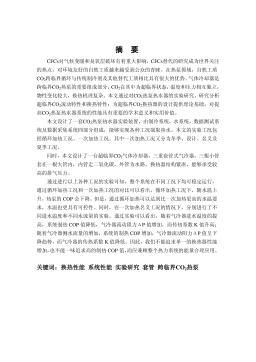
 2025-01-09 16
2025-01-09 16 -
非共沸混合物在微通道水平单管内流动沸腾特性VIP免费
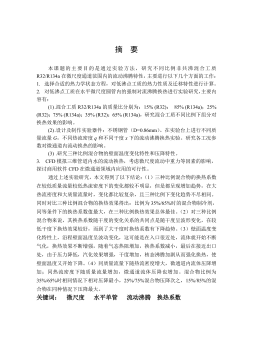
 2025-01-09 68
2025-01-09 68 -
基于MRO的连铸辊维护管理系统研究VIP免费
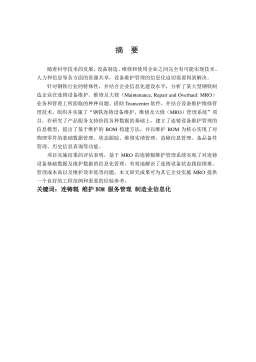
 2025-01-09 11
2025-01-09 11
相关内容
-

USST_Arts_112070649基于团队自反性的科技型企业TMT特征对企业绩效的影响研究
分类:高等教育资料
时间:2025-01-09
标签:无
格式:PDF
价格:15 积分
-

TR公司工业机器人市场发展战略研究
分类:高等教育资料
时间:2025-01-09
标签:无
格式:PDF
价格:15 积分
-

二氧化碳套管式气冷器的研究
分类:高等教育资料
时间:2025-01-09
标签:无
格式:PDF
价格:15 积分
-

非共沸混合物在微通道水平单管内流动沸腾特性
分类:高等教育资料
时间:2025-01-09
标签:无
格式:PDF
价格:15 积分
-

基于MRO的连铸辊维护管理系统研究
分类:高等教育资料
时间:2025-01-09
标签:无
格式:PDF
价格:15 积分






